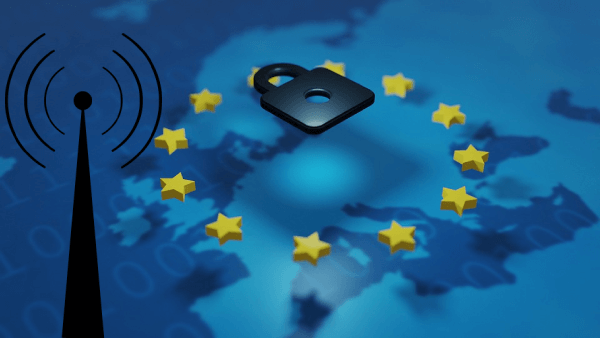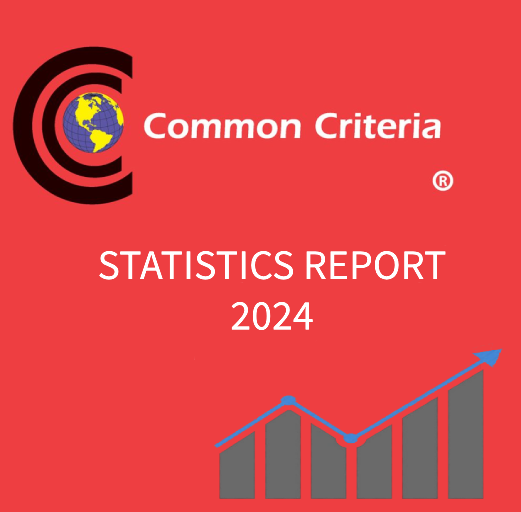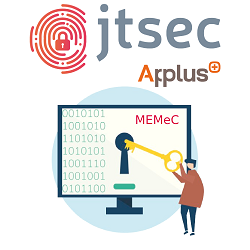Europe gets ready to secure radio devices
Cybersecurity in radio equipment and devices is one of the major milestones set by the European Commission for the coming years. Aware of the importance of these devices and their increasing use by citizens, , the creation of a legal framework that defines and harmonises the measures to be complied with by manufacturers wishing to market their products in Europe is a priority.
There are several points of particular concern for the European Commission in terms of security, which can be summarised in four:
5G: A few weeks ago, we explained in our blog "Cybersecurity certification in 5G” the importance of this new technology and how the use of 5G could affect several devices, including a large number belonging to the radio spectrum.
Increased cybersecurity risks as a result of the growing use by professionals and consumers, including children, of radio equipment communicating on the Internet.
Concerns about protection against damage to the network, protection of personal data and privacy of users and subscribers, as well as protection against fraud.
The protection of the cybersecurity of medical devices.
Therefore just a month ago, Commission Delegated Regulation (EU) 2022/30 of 29 October 2021 was published, supplementing Directive 2014/53/EU on the harmonisation of the laws of the Member States relating to the making available on the market of radio equipment that will require certain cybersecurity requirements although these are yet to be determined based on what is agreed in the working groups in charge of standardisation.
When will it be applicable and what steps must be taken?
This standard will be applicable from 1 August 2024, so, ESOs (The European Standardisation Organisations) are currently working on its standardisation through some working groups especialised in the different areas that make up the standard. At jtsec we are very proud to be part of the working group that will help to standardise the cybersecurity requirements to be applied in this Directive.
The next steps to be taken by the organisations and companies involved in the standardisation process, which must be completed by October 1, 2023, are as follows:
Receive and process the request for standardisation.
Development of the necessary standards.
Review of these standards.
Approval.
Publication of the standards.
Essential radio equipment manufacturing requirements
According to this regulation there are several requirements to be met by radio equipment manufacturers who want to market their products/services in the European Union. To this end, radio equipment must be manufactured in such a way as to ensure:
The protection of health and safety of persons and of domestic animals and the protection of property, including the objectives with respect to safety requirements set out in Directive 2014/35/EU, but with no voltage limit applying.
An adequate level of electromagnetic compatibility as set out in Directive 2014/30/EU.
Furthermore, radio equipment shall be constructed it both effectively uses and supports the efficient use of radio spectrum in order to avoid harmful interference.
Therefore, radio equipment falling into certain categories or classes must be manufactured complies with the essential requirements (including certain cybersecurity requirements):
The radio equipment interworks with accessories, in particular with common charging devices.
The radio equipment interworks via network with other radio equipment.
The radio equipment can be connected to interfaces of the appropriate type throughout the Union.
The radio equipment does not harm the network and its functioning, nor misuse network resources in a way that causes unacceptable degradation of service.
The radio equipment incorporates safeguards to ensure the protection of personal data and user and of the subscriber are protected.
The radio equipment supports certain features ensuring protection from fraud.
The radio equipment supports certain features ensuring access to emergency services.
The radio equipment supports certain features in order to facilitate its use by users with disability.
The radio equipment is compatible with certain features ensuring that software can only be loaded into the radio equipment/software where the compliance of the combination of the radio equipment and software has been demonstrated.
Conclusions
Although we still do not know certainly the cybersecurity requirements that will be included in the future Directive, and that manufacturers should integrate into the life cycle of their products, we can feel that they will not be very different from certain standards currently in use, such as IEC 62443-4-1 or IEC62443-4-2 or ETSI.
These standards, aimed at the industrial sector, can serve as a guide for manufacturers to get an idea of what type of cybersecurity requirements can be applied to their equipment/products












